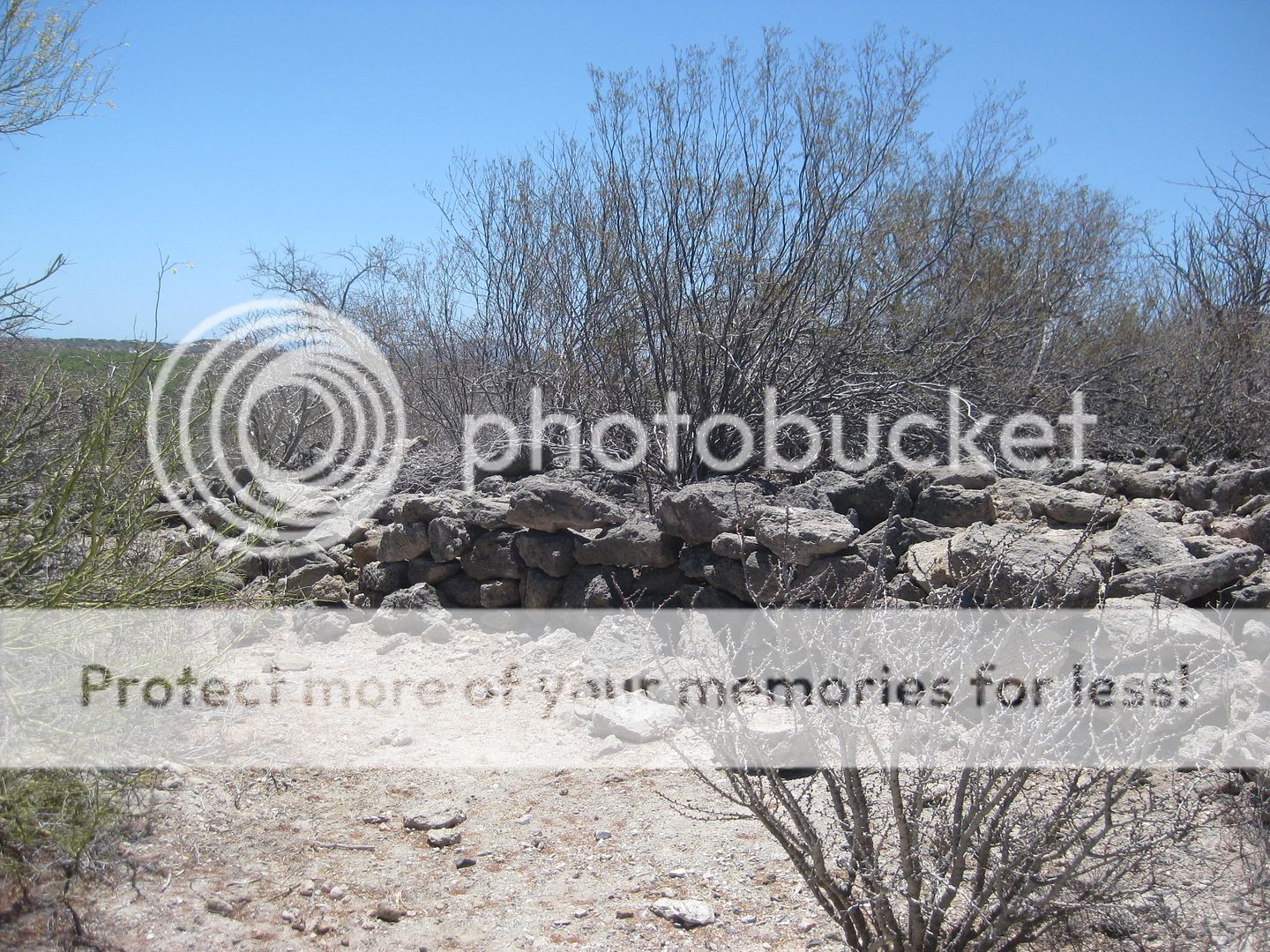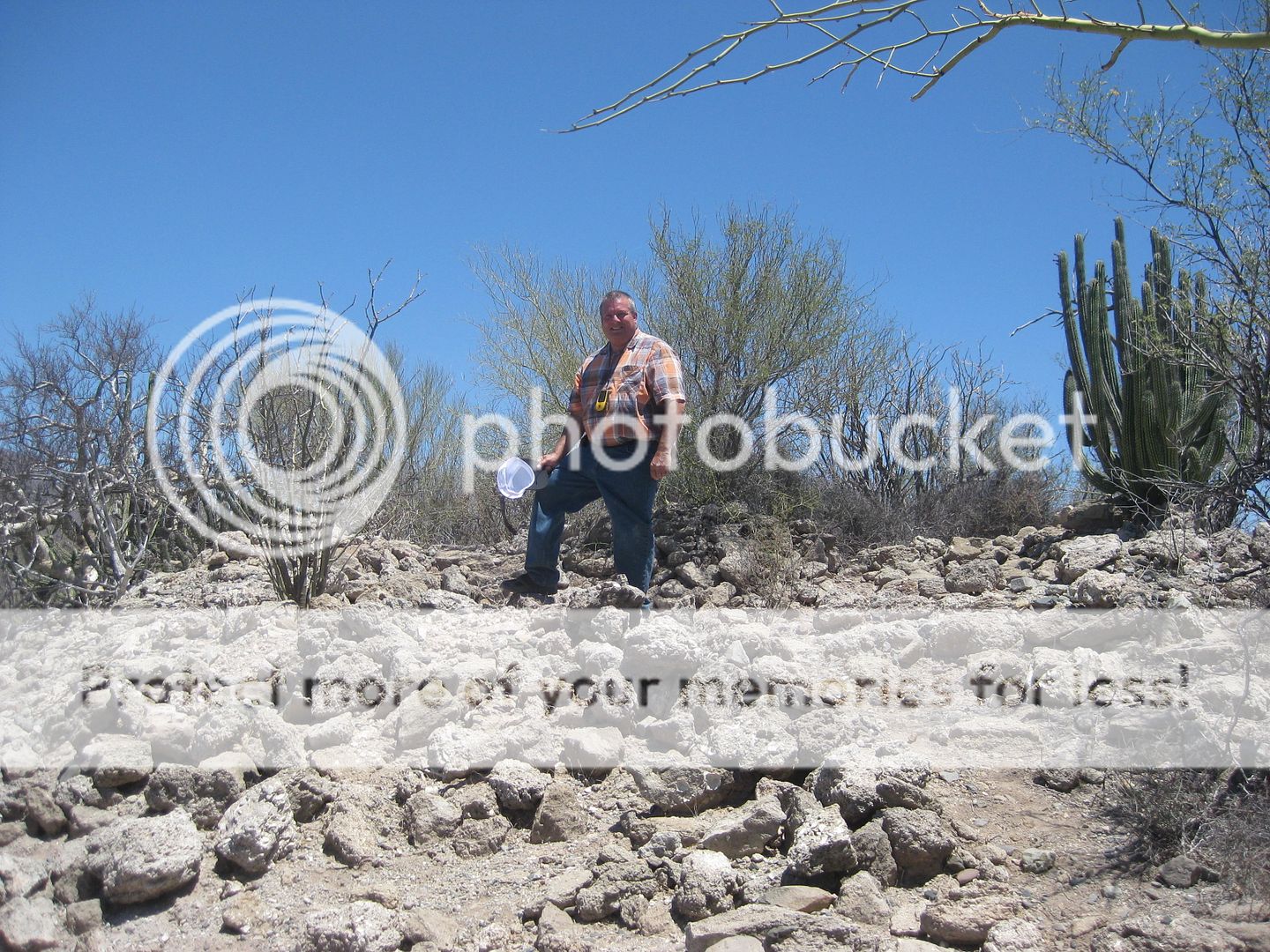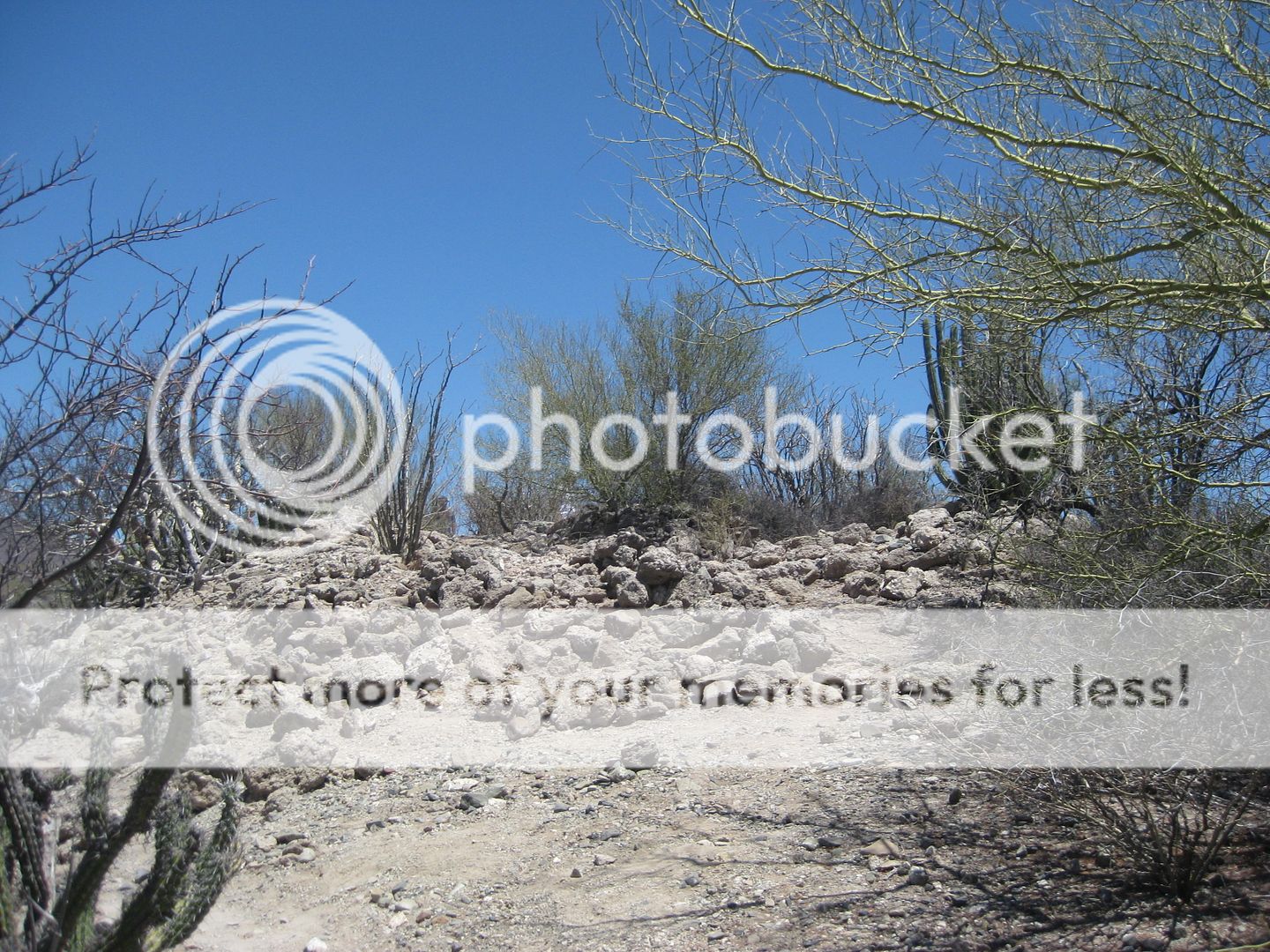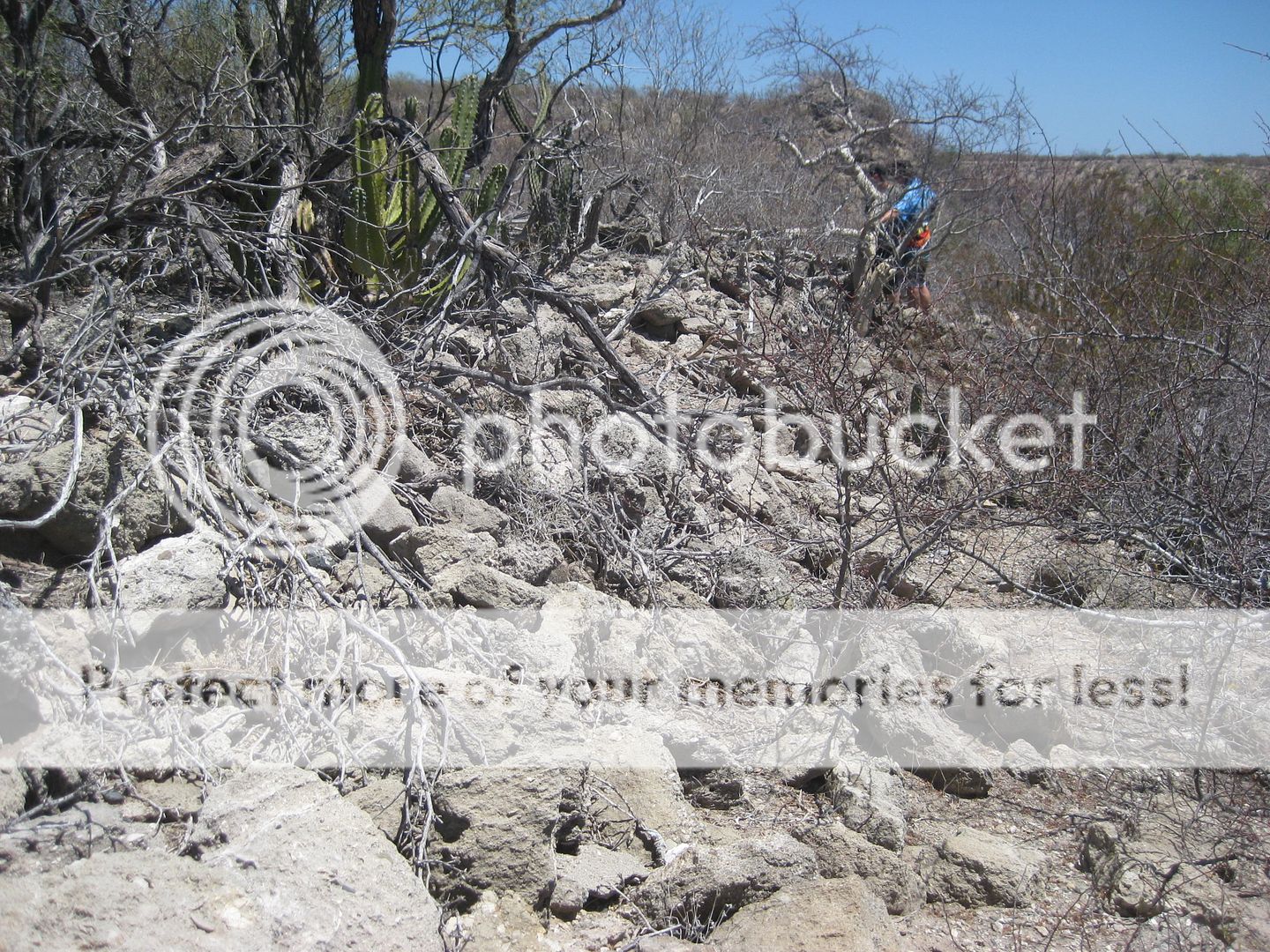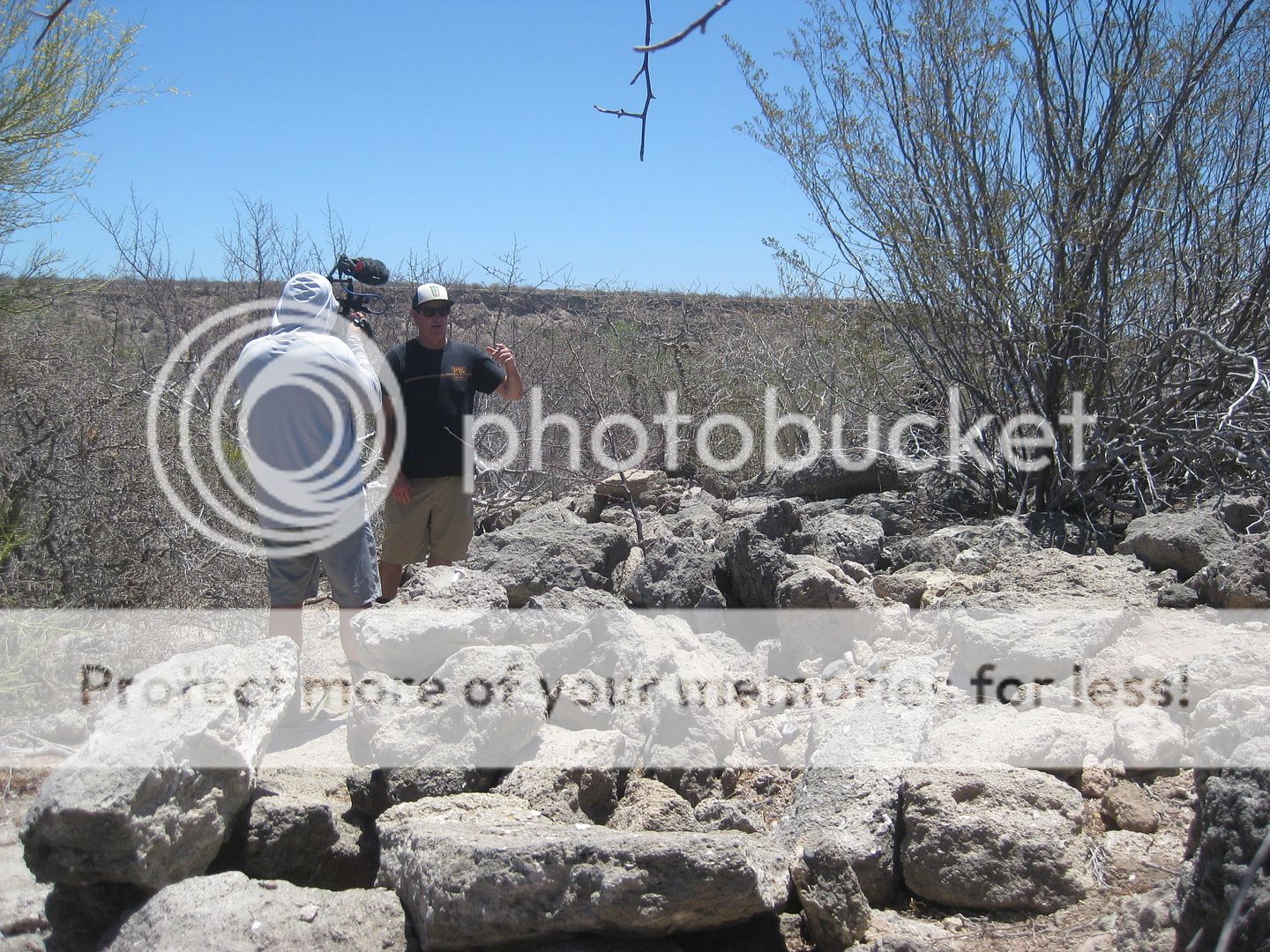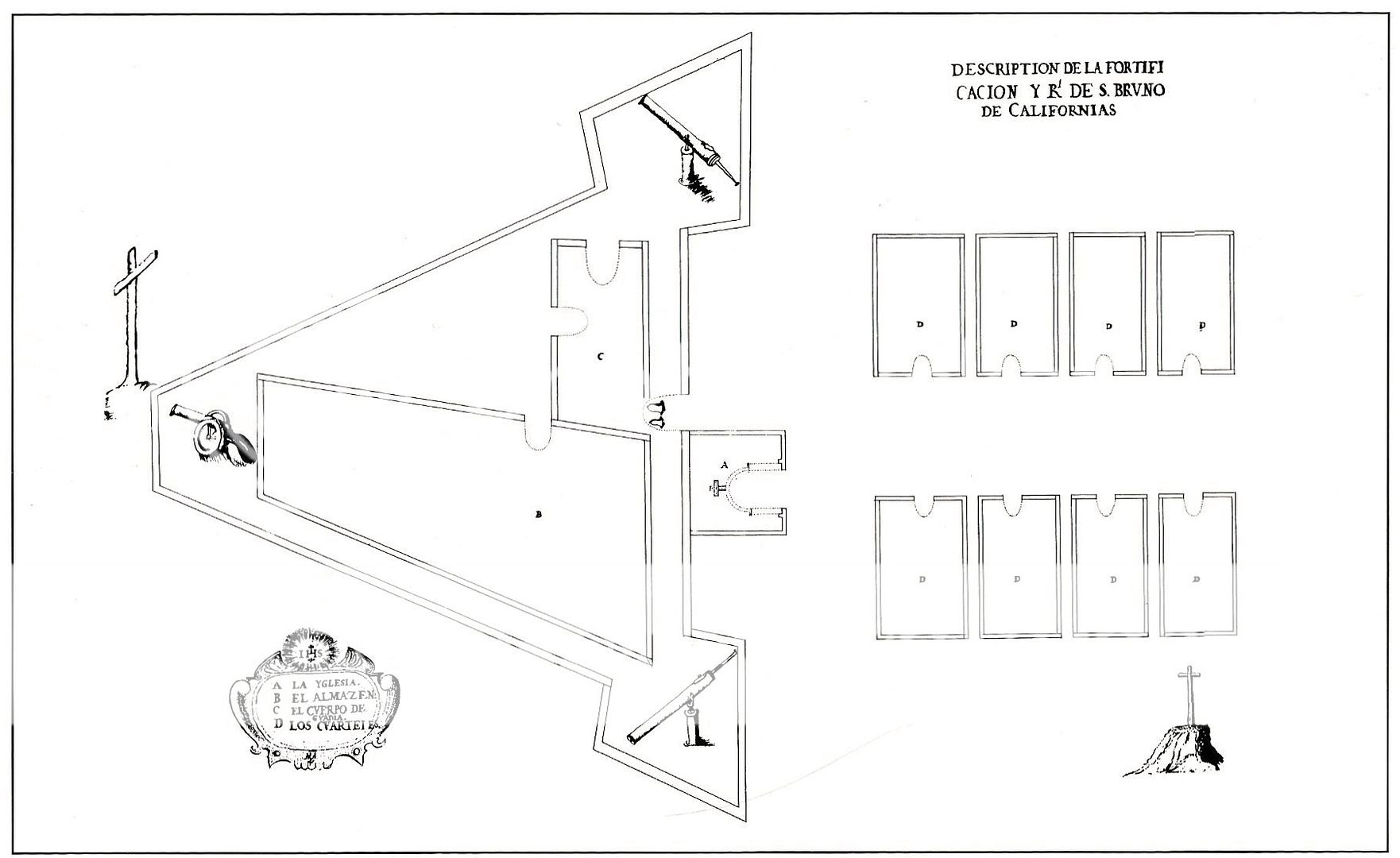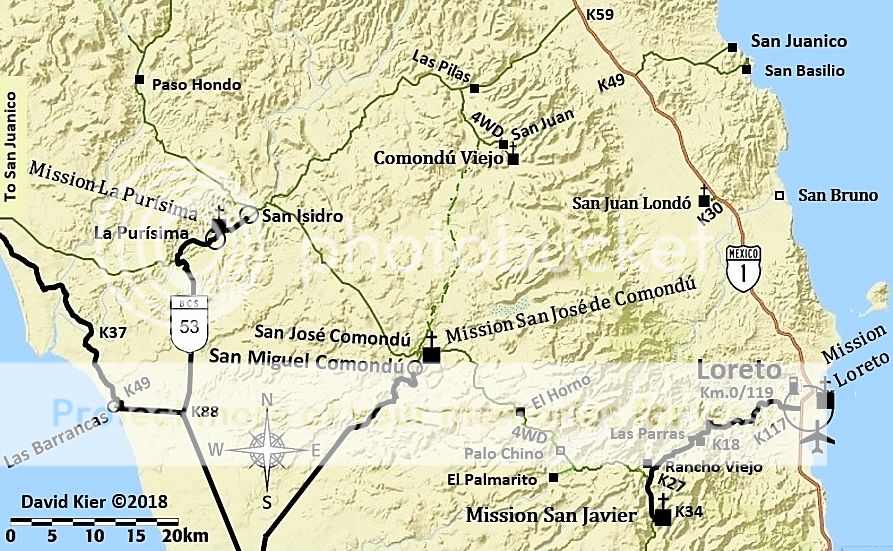
Pearls were the attraction, not gold. Silver was discovered south of La Paz in 1720 as the first metal to get mined for profit. Pearling and pirate landings were the predominant interaction between Europeans and Native Indians long before the Jesuits began to establish missions.

